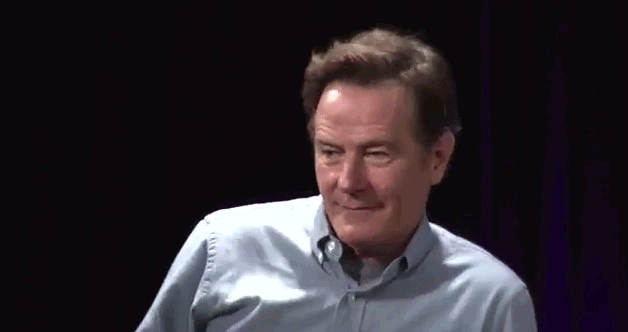Re: Longfellow Bridge update
Jumbo obviously you are not familiar with the old joke about the former Stop and Shop [now the [MicroCenter] on Mem Drive*1
I've never denied that gasoline taxes and other direct user fees such as Turnpike Tolls and Truck weight fees don't cover the full cost of [sum of everything you can lump in] for highways, super highways, roads, country lanes and even logging roads in the National Forests
What I've argued is that there are:
- many more taxpayers who drive but don't {use the T, and / or bike} although some walk]
- than taxpayers who don't drive but {use the T and / or bike and / or walk}
- let alone that there are non-taxpayers [including gasoline taxes] who use the T or bike, etc.
- and of course the X-treme case of non-taxpayers who use no infrastructure directly
what the above translates into is that there is a net transfer which benefits bike riders and pedestrians -- that is all
Note I've not even said that it is wrong -- just making the point about the money flow
*1 A student showed up at the "10 items or less lane Quick Check-out Lane" with a cart full and overflowing -- the cashier said
"Let me guess you are from MIT and Can't Read or Harvard and Can't Count"
There is so much more to this question than simply the percentage of the population that "only drives" or "only bikes". You need to take into account the relative prices of maintaining infrastructure for these multiple types of transportation and compare that to the share of the cost between various types of commuters. I would suggest that you just
read this report, but I know that you probably won't.
First off, hardly anybody "only drives" or "only walks/bikes", but assume for simplicity's sake that 90% of workers "only drive" and 10% "only walk/bike" (this is a
reasonable, and conservative for Boston, assumption). Also assume that driver user fees account for 50% of the cost of roads, and that the balance is paid by general funds (again, a
reasonable assumption). It's important to note that road use fees charged to commercial, government, and for-hire vehicles are priced into their services rendered and ultimately paid for by their customers, so "only walks/bikes" customers do contribute to road user fees thorough their purchases and taxes. Under these assumptions, drivers would pay for 95% of road infrastructure and walkers/bikers would pay for 5%.
Walkers/bikers should thus have 5% of the road for themselves, no? They don't, and it's not even close. Even in San Francisco, which is just about as bike friendly as you can get,
only 1% of paved road space is transit-only and 1.4% is bicycle-only. Hardly 5%. The rule of thumb used to calculate wear-and-tear on road surfaces is that "
the damage a vehicle imposes... increases to the fourth power of axle weight". Thus, a 200-pound cyclist on a 50-bound bike causes 1/21,000th the roadway damage of a (light) 3,000 pound car. That's nowhere close to 5%. As far as area and congestion, a stationary cyclist takes up 1/20th the space of a parked car and 1/100th the space of a car traveling at 60 mph. Again, not quite 5%.
This completely ignores the relative externalities that driving and walking/biking impose on society (pollution, noise, injuries and fatalities, energy security issues, etc.). No matter how you look at this, the indirect costs of driving are WAY higher that those of walking/biking.
I could go on, but I think I've made my point. It is true that there are way more drivers than walkers/bikers, and it is true that drivers pay way more for roads than walkers/bikers do. But it also true that drivers use and damage roads at a rate far larger than their already-large share of the cost.
The tired claim that walkers and bikers "don't pay for their use of the roads" is clearly false, and if you care at all about objectivity and intellectual honesty then you should really stop repeating it.
[Sorry to keep this off-topic tangent going; maybe a moderator can move these last few posts to a more relevant thread]
*and one more thing, whighlander, I'm an economist by training and practice. We understand both words and numbers...

